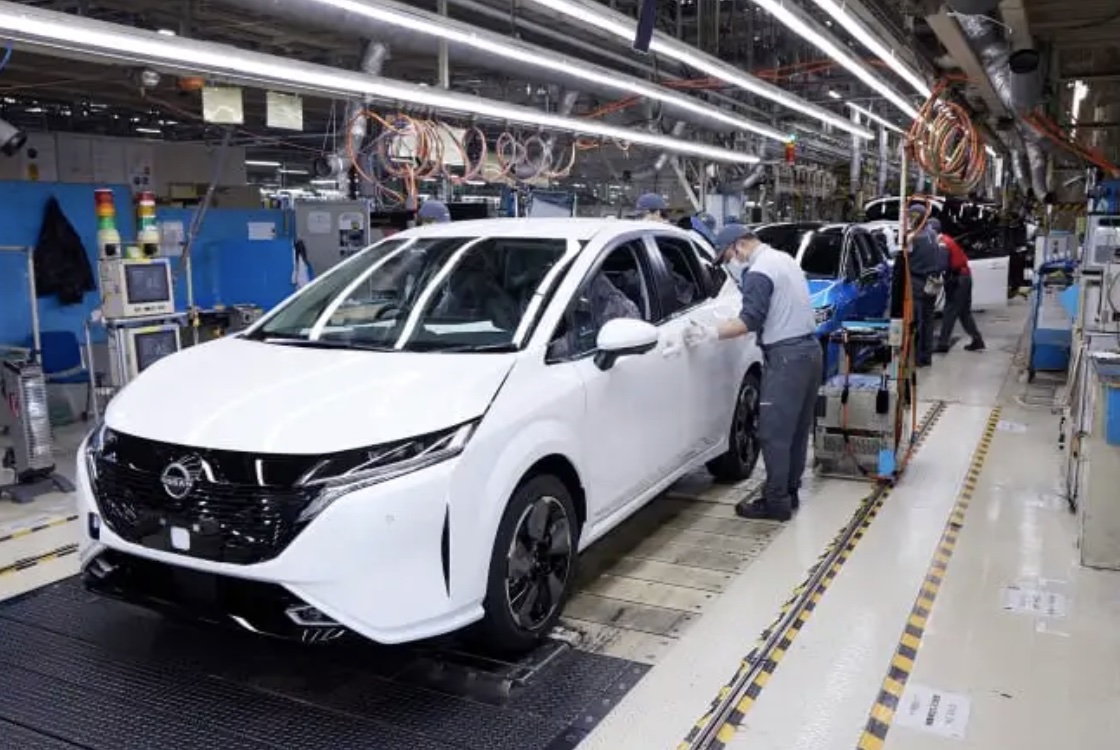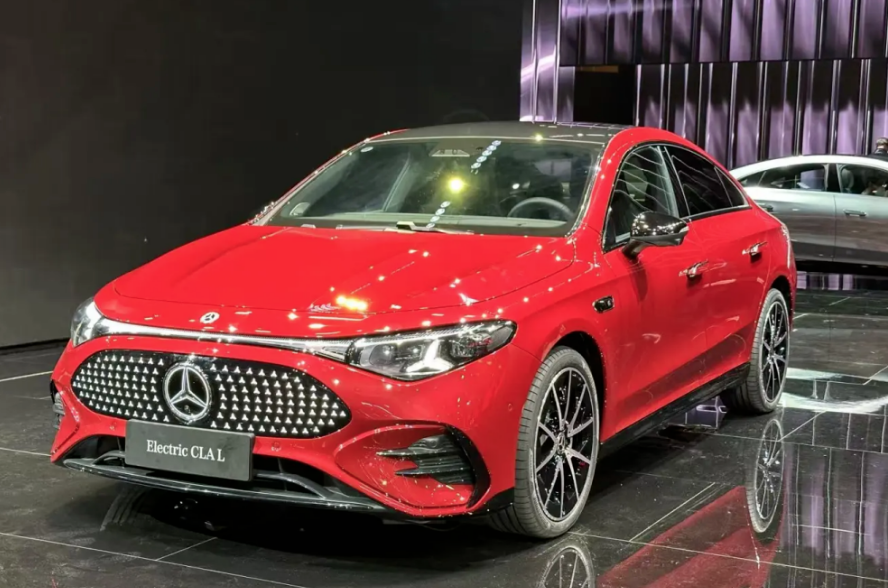September 10, 2025. The Mexican government announced the detailed content of its tariff reform proposal, which introduces higher-level tariffs on imports from countries without a free trade agreement with Mexico. These mainly include China, South Korea, India, and other Asian nations. The affected goods cover 12 categories, including automobiles and auto parts.
In the light vehicle sector, Mexico plans to raise tariffs on cars imported from China, South Korea, India, Indonesia, Thailand, Russia, and Turkey from the current 20% to 50%. For auto parts—including chassis, engines, and transmissions—tariffs will rise to between 10% and 50%.
After circulating for more than a year, the proposed auto tariff adjustment has now been formally detailed as part of Plan Mexico. Among all these countries and product categories, China is expected to be hit the hardest due to its large share of vehicle exports.
Market Background and Historical Trends
2017 marked a turning point in the Mexican auto market. That year, light vehicle sales in Mexico fell from a peak of 1.604 million units in 2016 to 1.53 million units, entering a downward trajectory. At the same time, Chinese domestic automakers and joint ventures began targeting Mexico as an export destination. Exports jumped from 661 units in the previous year to 4,674 units.
In 2018, 93,900 light vehicles produced by Chinese automakers entered Mexico, and Chinese independent brands also began seeking local partnerships. Over the next three years, Chinese exports to Mexico fluctuated, dropping from 85,000 units to 39,000 before rebounding to 79,800. In 2021, Chinese domestic brands accelerated their entry into Mexico, with sales climbing from under 10,000 units to 27,000 units.
In 2022, despite the global auto industry facing well-known difficulties, Chinese automakers suddenly expanded their light vehicle exports to Mexico to 182,000 units. Many independent brands joined in, making Mexico an immediate hotspot for Chinese exports. In 2023, exports continued to rise to 276,000 units, putting Mexico alongside Russia as a top export destination.
By 2024, Mexico’s light vehicle sales reached 1.497 million units, the highest since 2017. After seven years of ups and downs, Chinese exports to Mexico reached 304,000 units. Independent brands accounted for over 140,000 units, nearly 10% of the market. Including unreported sales from brands like BYD, the market share of Chinese brands was close to 12%.
According to Chinese industry association data, in 2024, China’s total vehicle exports to Mexico reached 445,000 units, making it the second-largest market after Russia.
Mexico Becomes China’s Top Export Market
By 2025, Mexico overtook Russia to become China’s largest auto export market. From January to August, 177,000 Chinese-produced light vehicles entered Mexico, down 8.4% year-on-year. Meanwhile, following BYD, Chery also stopped reporting official sales data to Mexican authorities, leaving only a partial picture of Chinese brands’ local performance. Estimates suggest Chinese independent brands now hold a market share of 13%–15%.
Mexico has become an indispensable choice for Chinese automakers.
Impact of the New Tariff Plan
In the newly announced tariff plan, Russia, Turkey, and South Korea have no direct statistics on light vehicle exports to Mexico. Combined, Thailand and Indonesia exported only 58,000 vehicles in the first eight months, while India exported 64,000. By contrast, Chinese automakers face the same treatment they encountered in Russia.
So far, no Chinese automaker has made a public response. Their silence speaks for itself, with their usually battle-ready legal departments remaining uncharacteristically quiet. In visible arenas, they have instead vented frustrations at social media outlets.
Mexico’s new tariff policy is expected to take effect by December 31, 2026, once approved by Congress.



